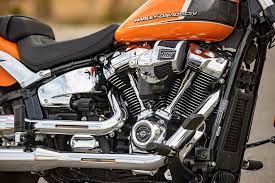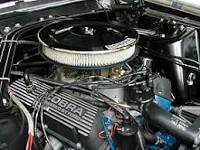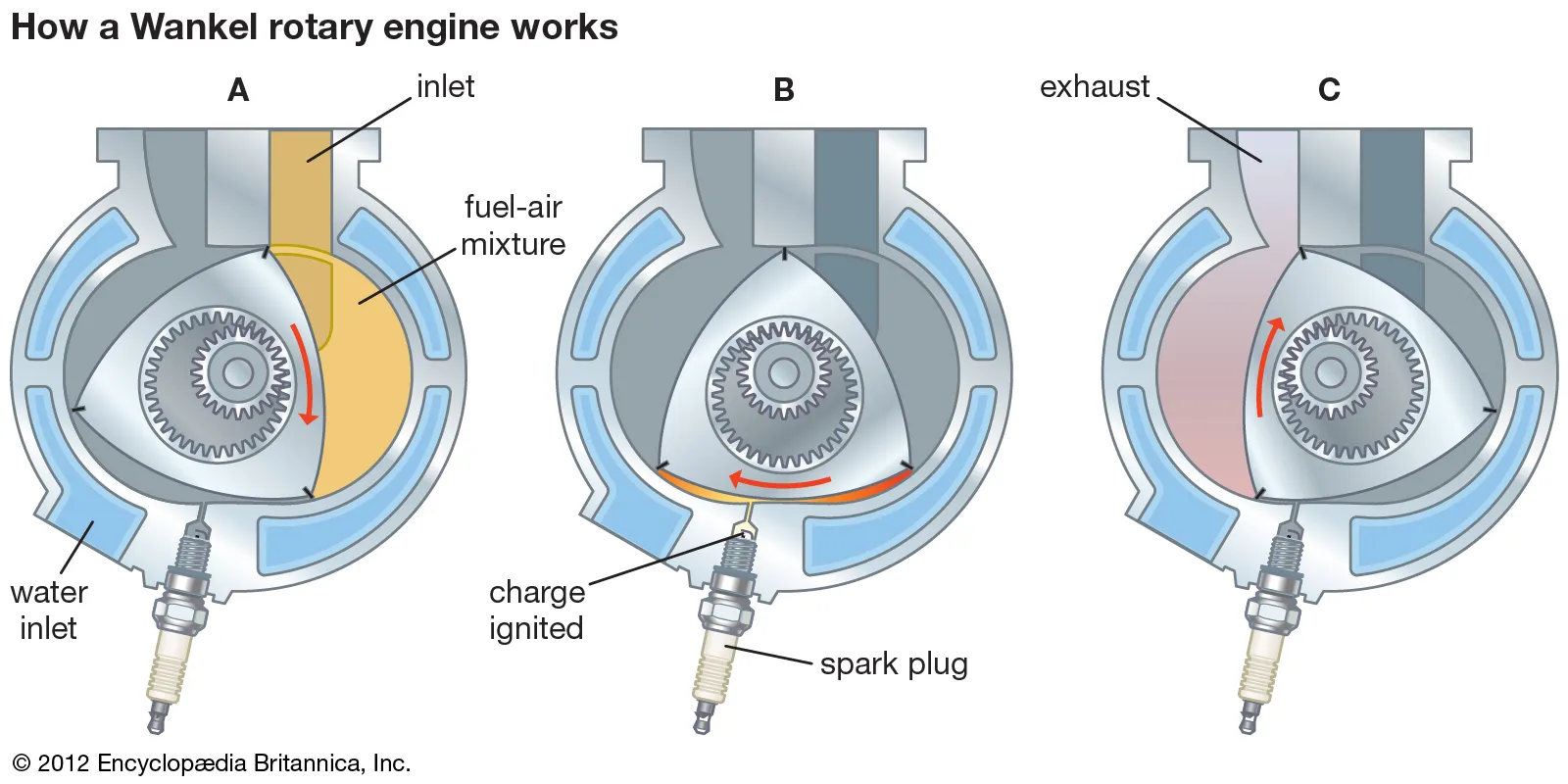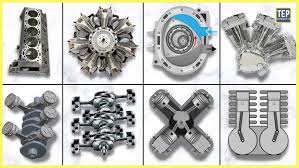
All engines have eight valves in two cylinders in the traditional Harley-Davidson Radial V-twin configuration at 45°, are combination of air-cooled and oil-cooled, and activate valves with push-rods. The 107 cu in (1,750 cc) model with a claimed 108–112 lb⋅ft (146–152 N⋅m) is standard on all models, with the 114 cu in (1,870 cc) version making a claimed 119 lb⋅ft (161 N⋅m) remaining as an option on some softails and all touring and trike models, and the 117 cu in (1,920 cc) is standard on CVO models with a claimed 124 lb⋅ft (168 N⋅m) and rear wheel power of 93.75 hp (69.91 kW) @ 4,870 rpm and 112.51 lb⋅ft (152.54 N⋅m) @ 3,400 rpm.[1][2][3] For model year 2022, the 117 cu in version became standard on Breakout and Low Rider S/ST Softail models and on the "ST" variants of the Touring models. In 2023, the 121 cu in (1,980 cc) version equipped with variable-valve timing debuted on the CVO models.

_________________________________________________________________________________________________________________________________________
The Ford small-block (aka Windsor V8) is a series of 90° overhead valve small-block V8 automobile engines manufactured by the Ford Motor Company from July 1961 to December 2000.
Designed as a successor to the Ford Y-block engine, it was first installed in the 1962 model year Ford Fairlane and Mercury Meteor. Originally produced with a displacement of 221 cu in (3.6 L), it eventually increased to 351 cu in (5.8 L), but was most commonly sold (from 1968–2000) with a displacement of 302 cu in (later marketed as 5.0 L).
This engine was installed in several of the company's most famous products, notably the Mustang, as well as the Mercury Cougar, Ford Torino, Ford Granada, Mercury Monarch, Ford LTD, Mercury Marquis, Ford Maverick, and Ford F-150 pickup.
For the 1991 model year, Ford began phasing in their new Modular V8 engine to replace the small-block, beginning with the Lincoln Town Car and continuing through the 1990s. The 2001 Explorer SUV was the last North American installation of the engine, and Ford Australia used it through 2002 in the Falcon and Fairlane.
Although sometimes called the "Windsor" by enthusiasts, Ford never used that designation for the engine line as a whole; it was only adopted informally well into its run to distinguish the 351 cu in (5.8 L) version from the 351 cu in (5.8 L) "Cleveland" version of the 335-family engine that had the same displacement but a significantly different configuration. The designations for each were derived from the original locations of manufacture: Windsor, Ontario and Cleveland, Ohio.
From 1962 through the 1990s, these engines were marinized by various companies (except for the 255 cu in (4.2 L)).
The small block remains available for purchase from Ford Performance Parts as a crate engine.

_________________________________________________________________________________________________________________________________________
The Wankel engine (/ˈvaŋkəl̩/, VUN-kell) is a type of internal combustion engine using an eccentric rotary design to convert pressure into rotating motion. The concept was proven by German engineer Felix Wankel, followed by a commercially feasible engine designed by German engineer Hanns-Dieter Paschke.[1] The Wankel engine's rotor, which creates the turning motion, is similar in shape to a Reuleaux triangle, with the sides having less curvature. The rotor spins inside a figure-eight-like epitrochoidal housing around a fixed-toothed gearing. The midpoint of the rotor moves in a circle around the output shaft, rotating the shaft via a cam.
In its basic form, the Wankel engine has lower thermal efficiency and higher exhaust emissions when compared to the four-stroke reciprocating piston engine. The thermal inefficiency has restricted the engine to limited use since its introduction in the 1960s. However, many disadvantages have mainly been overcome over the succeeding decades, and the production of road-going vehicles was undertaken. The advantages of compact design, smoothness, lower weight, and fewer parts over the reciprocating piston internal combustion engines make the Wankel engine suited for applications such as chainsaws, auxiliary power units, loitering munitions, aircraft, jet skis, snowmobiles, and range extenders in cars. The Wankel engine was also used to power motorcycles and racing cars.

_________________________________________________________________________________________________________________________________________
The radial engine is a reciprocating type internal combustion engine configuration in which the cylinders "radiate" outward from a central crankcase like the spokes of a wheel. It resembles a stylized star when viewed from the front, and is called a "star engine" in some other languages. The radial configuration was commonly used for aircraft engines before gas turbine engines became predominant.
